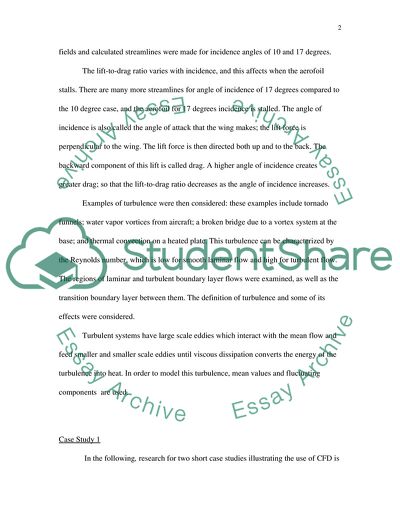Cite this document
(Numerical Modelling - Systems Simulation Case Study, n.d.)
Numerical Modelling - Systems Simulation Case Study. Retrieved from https://studentshare.org/information-technology/1707428-systems-modelling-and-simulation
Numerical Modelling - Systems Simulation Case Study. Retrieved from https://studentshare.org/information-technology/1707428-systems-modelling-and-simulation
(Numerical Modelling - Systems Simulation Case Study)
Numerical Modelling - Systems Simulation Case Study. https://studentshare.org/information-technology/1707428-systems-modelling-and-simulation.
Numerical Modelling - Systems Simulation Case Study. https://studentshare.org/information-technology/1707428-systems-modelling-and-simulation.
“Numerical Modelling - Systems Simulation Case Study”. https://studentshare.org/information-technology/1707428-systems-modelling-and-simulation.


